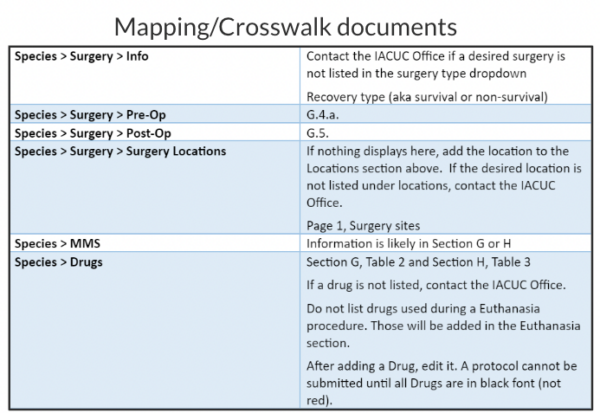Implementing animal oversight and hazard safety modules in an academic or research setting can be a daunting task, especially for small teams or single-person offices. But with strategic planning and effective use of resources, the transition can be smooth and successful.
During our 2023 Connect Conference, Professional Services Consultant Mandy Karper shared insights drawn from her time as the IACUC and IBC Program Director at Wright State University. In this post, we’ll recap the key strategies and tools she shared for implementing these modules.
The importance of focus groups
Gathering a diverse focus group is a crucial starting point for any animal oversight and hazard safety implementation. The focus group should include key stakeholders such as veterinarians, biosafety officers, committee members, research assistants, and principal investigators (PIs).
Put strategy behind the composition of your focus group; it should encompass both critics and supporters of the new system. By including a broad range of voices, you’ll ensure a variety of perspectives and constructive feedback.
The role of form development and protocol importation
Take your time with the form development process. The goal is to ensure that the form is both functional and user-friendly, with clear instructions and necessary tools embedded. Additionally, the process of importing already approved protocols requires attention to ensure that all essential data is accurately transferred to the new system.
Training and communication strategies
Communication and training are quite possibly the most important steps in the implementation process. Change management isn’t just about informing key stakeholders about the transition—it’s about training them effectively. The training should cover how to navigate the new system, complete forms, and understand any new procedures. Consider using different training methods, including focus sessions, hands-on workshops, and online resources, to help cater to various learning styles.
Deployment strategies
There are a few ways to approach a new system deployment. The right one for you will depend on the needs of your institution.
- Gradual transition: PIs complete the form for de novo amendments or container reviews, due within a year. This approach allows for a gradual learning curve, but may delay complete data integration into the new system.
- Group-based rollout: This approach involves implementing the system in small, manageable groups, possibly by department, to make the process more focused and less overwhelming.
- Comprehensive transfer: Alternately, you might transfer all protocols and approve them prior to launch. This method is resource-intensive but ensures immediate and complete integration.
There are also several tools and resources to help facilitate the transition. For example, using scheduling tools like WhenIsGood.net can help organize meetings and training sessions efficiently. Additionally, creating mapping and crosswalk documents can assist users in understanding how information from old forms correlates with the new system.
In the above example, the column on the left shows questions from the updated Cayuse form. The right-hand column shows where that information could be found under the old system.
Common challenges
One common challenge is ensuring that the information transition is accurate and complete. To address this, administrative reviews by biosafety officers or veterinarians can be useful.
Another challenge is the potential for information overload among PIs and research assistants. Providing clear, concise instructions and offering multiple training sessions at different times can be an effective way to avoid confusion and keep all stakeholders on the same page.
Conclusion
The key to a successful implementation and launch of animal oversight and hazard safety modules lies in careful planning, inclusive participation, and thorough training and communication.
By incorporating these strategies, institutions can ensure a smoother transition to a more efficient and user-friendly system. Remember, the goal is not just to implement a new system, but to enhance the overall efficiency and effectiveness of research and oversight processes.


